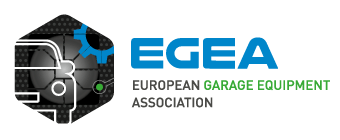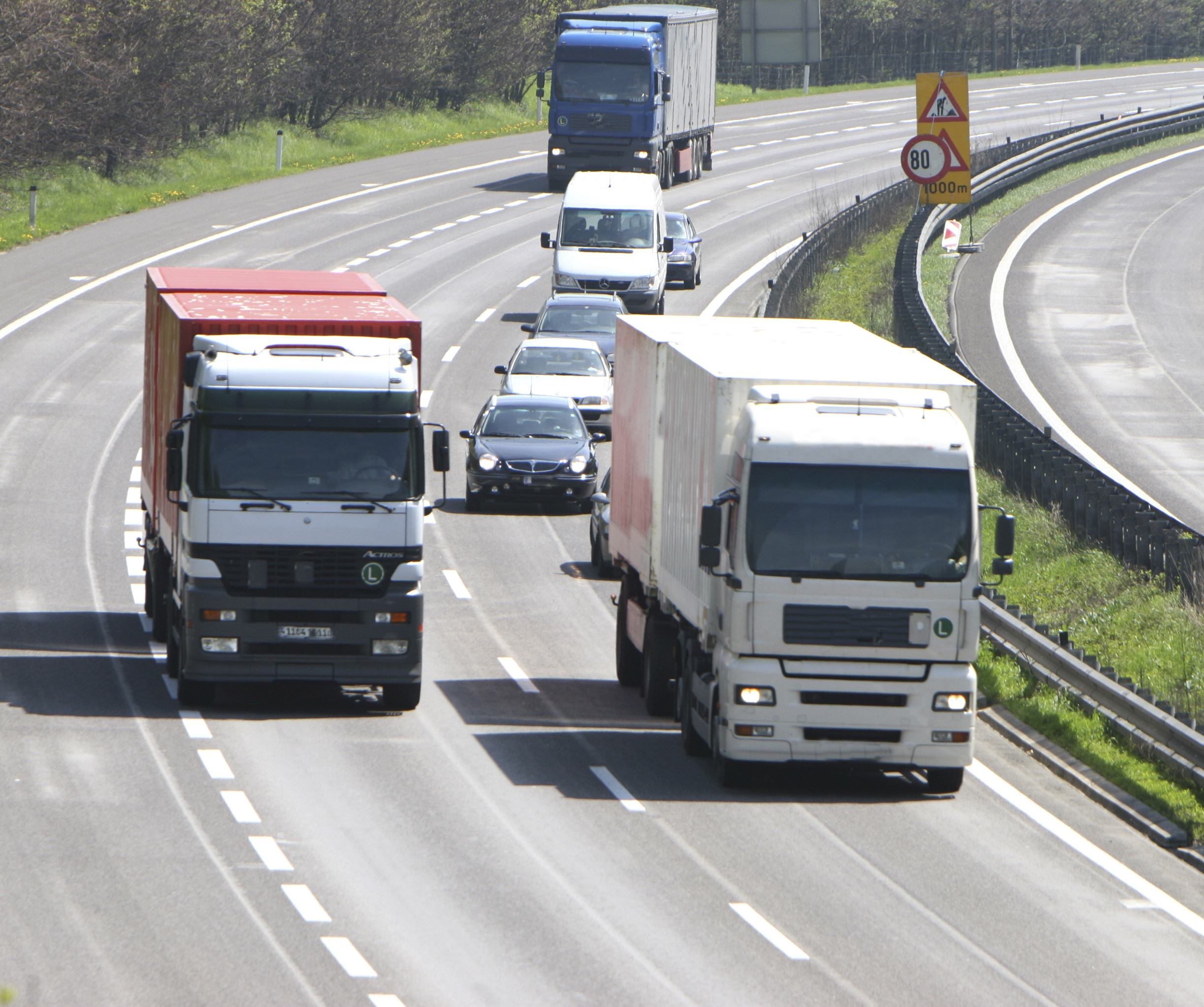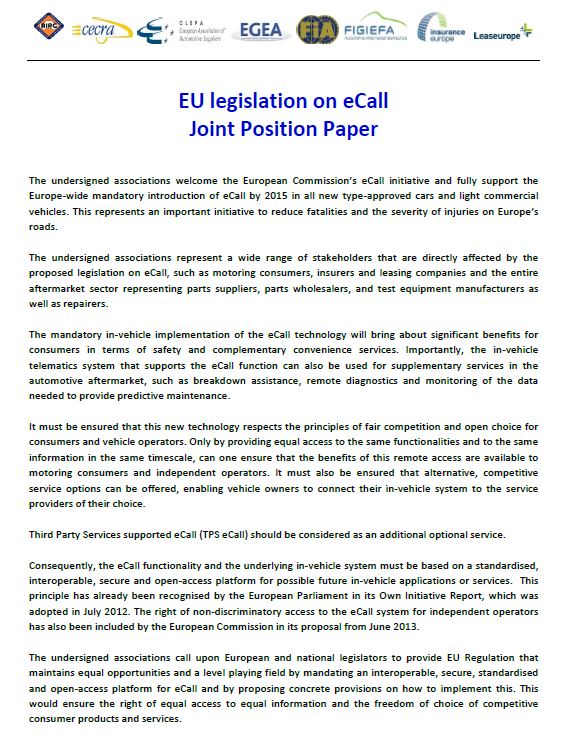IARC classifies diesel engine exhaust as carcinogenic to humans: EGEA calls upon the EU and Member States to take more decisive measures to reduce exposure to hazardous vehicle exhaust emissions.
The International Agency for Research on Cancer (IARC), which is part of the World Health Organisation (WHO), on 12 June 2012 classified diesel engine exhaust as carcinogenic to humans, based on verified evidence that exposure is associated with an increased risk of both lung and bladder cancer.
“The scientific evidence was compelling and the working group’s conclusion was unanimous: diesel engine exhaust causes lung cancer in humans”, said the chairperson of the IARC working group which reviewed the evidence, Dr. Christopher Portier. He added that “given the additional health impacts from diesel particulates, exposure to this mixture of chemicals should be reduced worldwide”.
More than a decade after it was classified as ‘probably carcinogenic to humans’, this classification change by IARC now indicates the urgent need to reduce exhaust emissions from diesel engines and the EU should take appropriate measures to protect workers who are working in an enclosed environment. This is especially important when diesel engines are being run within an enclosed environment such as a vehicle repair workshop, bus depot or garage.
Workers in the motor vehicle sector are particularly exposed to diesel exhaust emissions. Although modern diesel engine vehicle technology controls particulate emission levels, there are still tens of millions of older vehicles that generate serious health hazards. It is therefore essential that the risks are assessed and prevention control methods are implemented to reduce or eliminate the risks posed.
This is why EGEA calls upon the European Commission and Member States to more decisively implement existing Directives on the protection of the health and safety of workers from the risks related to exposure to carcinogens or mutagens at work. This should be achieved through the mandatory use of exhaust extraction systems or exhaust filters in the working environment to protect workshop technicians and others workers by improving the quality of the indoor atmosphere. The exhaust emissions should be captured at source which means directly at the exhaust tailpipe. This should be done particularly in light of the current EU Air Pollution Policy Review 2011-2013.
EGEA also would like to take this opportunity to express its wholehearted support to the official ‘Working together for risk prevention’ Campaign launched on June 18th by the European Agency for Safety and Health at Work (EU-OSHA) together with its European campaign partners of its Healthy Workplaces Campaign 2012-2013 which encourages managers, workers and other stakeholders to join forces to improve safety and health.
For further information, please contact Eléonore van Haute at the EGEA Secretariat on +32 2 761 95 15 or at [email protected]






